Cattle rancher Bobby Helmers cranes to listen as the blades of his six giant wind turbines slice through the air in the same Texas fields that once echoed with the sounds of oil pumps.
Like J.R. and Bobby Ewing, lead characters in the hit 1970s and 1980s TV series Dallas, Helmers hosted oil wells on his land for decades, but with renewable energy increasingly viable even in the petroleum-rich Lone Star State, the 79-year-old is among several ranchers who have plugged their pumps and made the shift to wind power.
He still marvels at how little noise comes from the massive turbines, each of which cuts a 120m diameter over the property, and the taste of modernity that they brought three years ago to a traditional cattle ranch owned by his wife’s family for three generations.
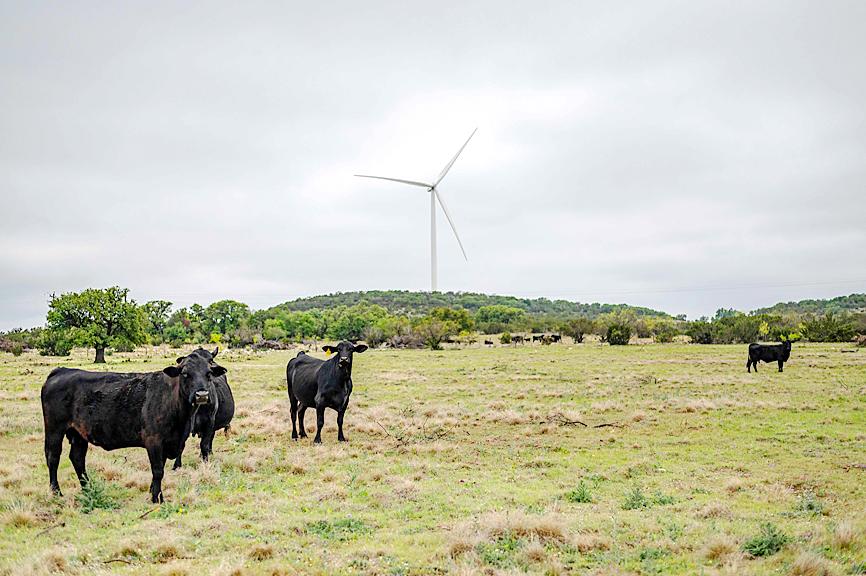
Photo: AFP
“The Stetsons and the horses have been replaced by caps and pickups,” Helmers said.
However, the cows remain on the ranch in San Angelo, about 400km southwest of Dallas.
The Helmers and an employee raise 125 head of Brangus, a hybrid between the Angus breed prized for its tender beef and Brahman known for their resistance to heat, but today, half of the ranch’s operating revenue comes from the turbines.
A few kilometers away, in a small building set among juniper bushes and cacti, Kevin DeFoor manages about 10 workers tasked with maintaining the wind farm of 76 turbines, including those on the Helmers’ land.
“The region developed itself thanks to agriculture, ranching and oil,” said 48-year-old DeFoor, an employee of French energy giant Engie SA, which manages the wind farm.
It took a while before the area native realized that local riches were not just found in the soil.
In 2007, DeFoor, a former prison warden, became the first in his family to work in the wind energy sector — and he has been raving about the area’s wind consistency ever since.
“Our turbines turn 50 percent of the time,” DeFoor said, in what he called a “great performance” for the US wind sector.
US President Joe Biden’s call for a clean energy revolution has resonated in Texas. The state known for its fossil fuels has invested heavily since the early 2000s to become the nation’s top wind energy producer and second-biggest producer of solar energy.
“Contrary to popular belief, Texas governor [and later US president] George W. Bush, and then his successor Rick Perry didn’t want Texas to be solely reliant on oil,” said Joshua Long, an associate professor of environmental studies at Southwestern University near Austin. “They viewed Texas as ‘the Energy State,’ with a diversity of energy sources.”
As a result, fossil fuels and renewables have coexisted in Texas for years.
It is not out of environmental conviction that Helmers flipped from oil to wind.
Installed in the early 1990s, his oil pumps began producing steadily shrinking returns, and after about three decades, the contractor operating them eventually threw in the towel.
In a slice of good fortune, the Infinity Renewables group arranged to meet with Helmers and his neighbors in a nearby restaurant, where the potential royalties from wind energy the suitors described convinced Helmers to make the switch.
Oil reserves and profits can drop, he said, while “in wind, the production is stable,” and profit shares rise over the years as the investments are amortized.
A full decade passed between the initial negotiations and construction of the first turbine on Helmers’ property. By then, Engie had bought Infinity Renewables, and the technology had improved.
“The turbines were supposed to be 1.5 megawatt-hours, and they are now 2.625” megawatt-hours, boosting revenues, the jeans-clad cowboy said in his living room, where hunting trophies adorn the walls.
While his oil income fluctuated due to market volatility, Helmers now appreciates the steadier, although undisclosed, new income.
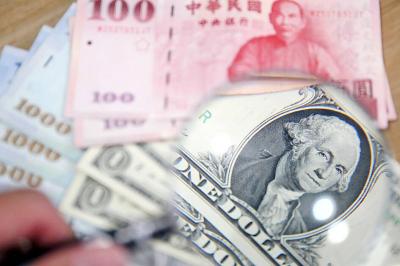
The US dollar was trading at NT$29.7 at 10am today on the Taipei Foreign Exchange, as the New Taiwan dollar gained NT$1.364 from the previous close last week. The NT dollar continued to rise today, after surging 3.07 percent on Friday. After opening at NT$30.91, the NT dollar gained more than NT$1 in just 15 minutes, briefly passing the NT$30 mark. Before the US Department of the Treasury's semi-annual currency report came out, expectations that the NT dollar would keep rising were already building. The NT dollar on Friday closed at NT$31.064, up by NT$0.953 — a 3.07 percent single-day gain. Today,
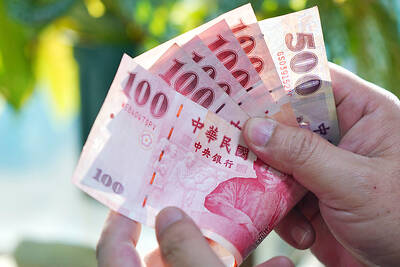
‘SHORT TERM’: The local currency would likely remain strong in the near term, driven by anticipated US trade pressure, capital inflows and expectations of a US Fed rate cut The US dollar is expected to fall below NT$30 in the near term, as traders anticipate increased pressure from Washington for Taiwan to allow the New Taiwan dollar to appreciate, Cathay United Bank (國泰世華銀行) chief economist Lin Chi-chao (林啟超) said. Following a sharp drop in the greenback against the NT dollar on Friday, Lin told the Central News Agency that the local currency is likely to remain strong in the short term, driven in part by market psychology surrounding anticipated US policy pressure. On Friday, the US dollar fell NT$0.953, or 3.07 percent, closing at NT$31.064 — its lowest level since Jan.
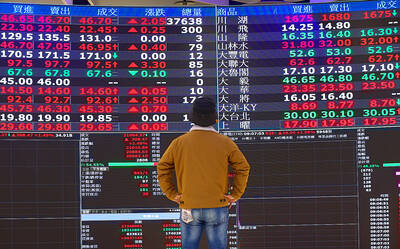
The New Taiwan dollar and Taiwanese stocks surged on signs that trade tensions between the world’s top two economies might start easing and as US tech earnings boosted the outlook of the nation’s semiconductor exports. The NT dollar strengthened as much as 3.8 percent versus the US dollar to 30.815, the biggest intraday gain since January 2011, closing at NT$31.064. The benchmark TAIEX jumped 2.73 percent to outperform the region’s equity gauges. Outlook for global trade improved after China said it is assessing possible trade talks with the US, providing a boost for the nation’s currency and shares. As the NT dollar
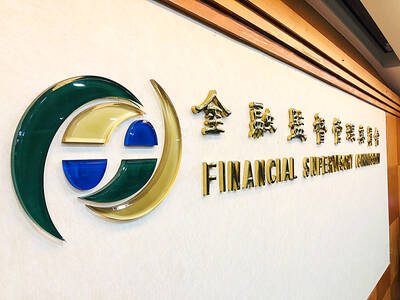
The Financial Supervisory Commission (FSC) yesterday met with some of the nation’s largest insurance companies as a skyrocketing New Taiwan dollar piles pressure on their hundreds of billions of dollars in US bond investments. The commission has asked some life insurance firms, among the biggest Asian holders of US debt, to discuss how the rapidly strengthening NT dollar has impacted their operations, people familiar with the matter said. The meeting took place as the NT dollar jumped as much as 5 percent yesterday, its biggest intraday gain in more than three decades. The local currency surged as exporters rushed to